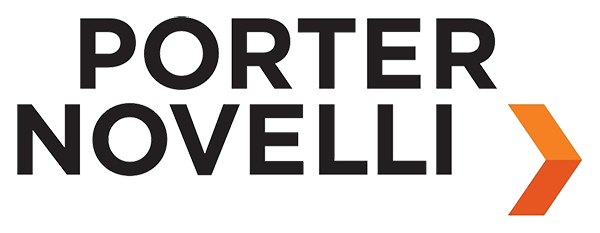Take Cover, Then Tweet
How did you find out about the East Coast earthquake this week? We heard it first on Twitter, then felt the rumbles on the ground.
Twitter reached a fever-pitch within seconds of the quake as people hit their phones and computers to react to the event, post pictures and send messages to friends and family. The wave of earthquake-related tweets was massive – over 1.7 million at its peak. In fact, many people learned about the earthquake through social media before mainstream news sources even had a chance to react.
Some savvy organizations have joined the conversation at its source. Disaster relief organizations such as FEMA, the Red Cross and the Salvation Army are already active participants on Twitter and Facebook – sending alerts, preparedness tips and accepting donations. And, new media communications are becoming even more sophisticated. Residents in Japan will soon have an advanced warning system that can alert residents two minutes before an earthquake – via iPhone. Even the U.S. Geological Survey is now using social media to its advantage. The organization used Twitter and Facebook post-earthquake to both inform the public and to create an online map of the tremors’ location. The organization has also created a Twitter Earthquake Dispatch, which searches for earthquake-related posts in different languages across the globe.Today, there’s really no question that companies, nonprofits and government agencies must be active and engaged on social media, not only to push messages and alerts, but to track impact and calls for help. According to a recent American Red Cross survey, more than 80 percent of Americans expect disaster relief groups to be monitoring social media, and 35 percent say it’s reasonable to expect assistance to arrive within one hour after someone posts a plea for help online.
As hurricane season begins, government and nonprofit disaster preparedness plans should and hopefully will include social media. Can you anticipate what hashtags to track on Twitter? Do you have a response team to handle the inquiries that will come through social media? Is there a contingency plan in the event that power or communications are down at your location? The social media conversation is instant and widespread, and it’s going to occur whether or not your organization is an active participant. Make sure social media is in your disaster response toolkit.
CONE16414

